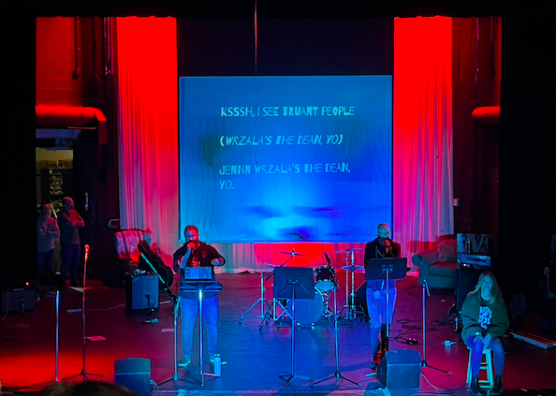NASA gearing up for next summer’s Mars Rover Launch
November 25, 2019
NASA plans to launch its Mars 202 0 rover next July, with a potential landing at the Jezero Crater scheduled for February 2021.
0 rover next July, with a potential landing at the Jezero Crater scheduled for February 2021.
In an effort to get the public excited about the mission, the space agency is giving people the chance to write their names on microchips, which will then be placed on the rover. A lab for microdevices at NASA’s Jet Propulsion Laboratory will use an electron beam to stencil in the names that the public submits. More than a million names will be able to be inscribed on a single silicon chip.
While the sole purpose of past missions to the Red Planet was to find indicators of habitable conditions from the past, this mission seeks to search for signs of past microbial life and will try to gain a glimpse into the origins of life. In addition, the rover will monitor the Martian weather to assess if humans could potentially colonize the planet.
Furthermore, a helicopter has been attached to the rover to gain another vantage point atop Mars. The aircraft will explore Mars from the air while the rover collects samples on the ground. The helicopter will also snapshot aerial views of cliffs, caves, and craters. According to NASA, if the solar-powered helicopter flies successfully, it’ll be the first aircraft to fly on another planet.
Fremd freshman Advitya Batta believes that NASA is taking a step in the right direction as they seek to understand one of the greatest unexplored frontiers of the universe.
“I think now is a great time to carry out this mission. . . NASA is thinking ahead by trying to explore Mars,” Batta said.
Astronomy teacher Bradley Schroeder believes that NASA’s mission will have major future implications.
“I think that right now, they are on the right path. When the rover travels to Mars, NASA will be able to determine if Mars is a planet that harvests life and stores important resources. This mobile science lab will glean a better understanding of Mars if we ever choose to colonize it,” Schroeder said.
This rover marks the culmination of a multiyear long project, fraught with challenge after challenge. NASA’s chief scientist himself believes that a whole new set of scientific questions will begin to emerge from the results of this mission, but doubts the public’s ability to deal with the results of this mission.
However, Schroeder believes that the mission will energize the public. “I think people want to believe that there is life outside of Earth,” Schroeder said. “People will be excited about life elsewhere.”
As MiMi Aung, project manager for the Mars Helicopter at NASA’s Jet Propulsion Laboratory, describes the obstacles NASA has faced, it is clear that this project could mark another chapter in NASA’s storied history for years to come.
“The chamber hosted missions from the Ranger Moon probes to the Voyagers to Cassini, and every Mars rover ever flown,” Aung said. “To see our helicopter in there reminded me that we are on our way to making a little chunk of space history as well.”


